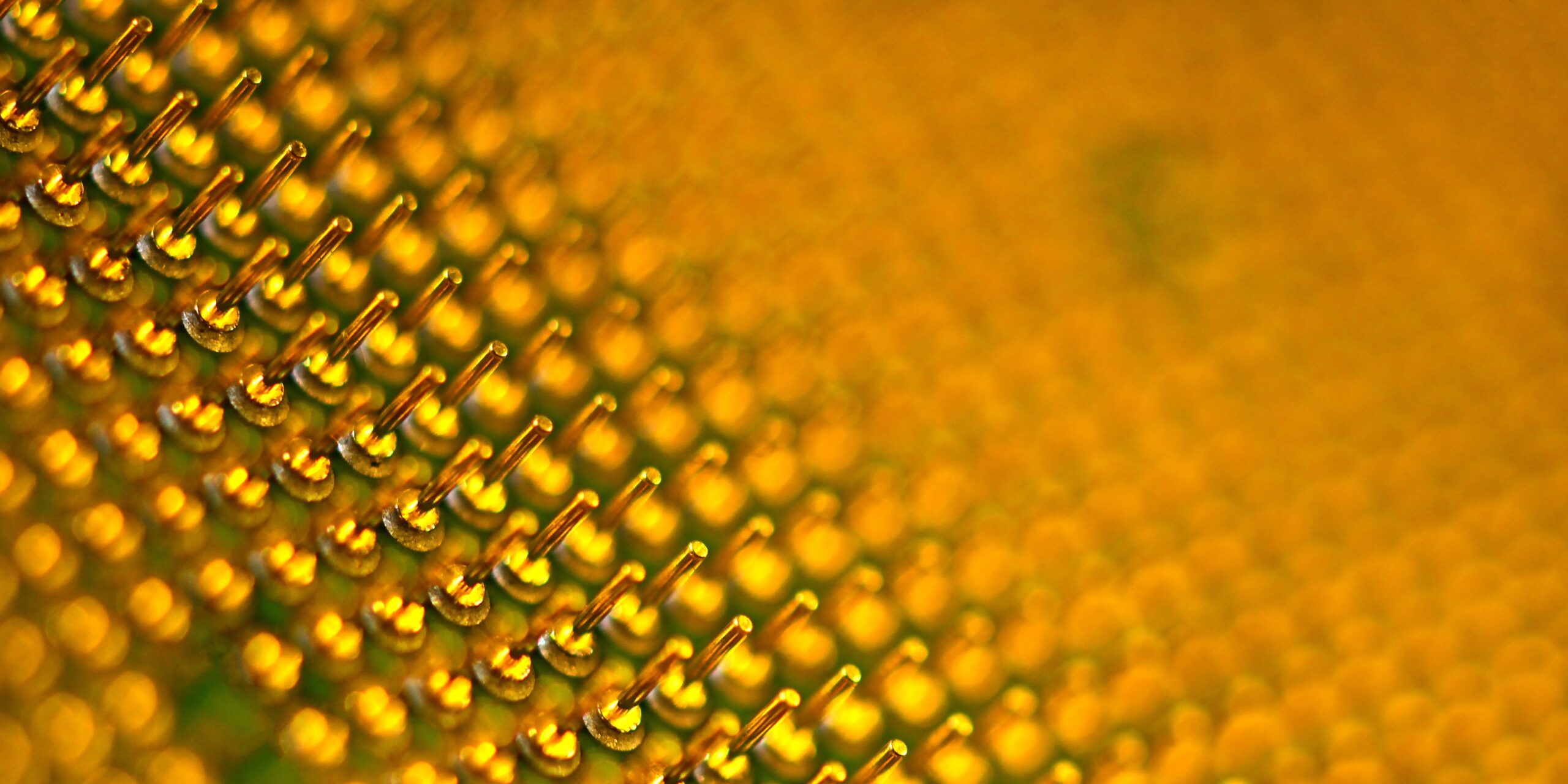24/11/2023
The UK is a global leader in semiconductor chip design, packaging and intellectual property. This expertise positions the country in a critical role to play in shaping the future of semiconductor technology. The announcement of the National Semiconductor Strategy in May of this year came as a positive to see that the UK Government is committed to investing in the semiconductor industry.
The UK already has an excellent university-based research base with a strong track-record in spinning out successful semiconductor companies. Companies like ARM form huge success stories from which many smaller companies have followed in their footsteps.
Who is ARM PLC?
ARM’s product is information. Its efforts on R&D are converted into successive generations of new mobile processor core and system designs. ARM’s depth and breadth of expertise is such that it’s more efficient to license rather than compete through manufacturing its technology. With over 9000 granted or pending patents, ARM is an intellectual property powerhouse developing smart production methods and designs and selling them. Plenty can be learnt from ARM’s IP Business model for new smaller companies in today’s growing semiconductor industry.
ARM’s origins date back to 1983, and a company called Acorn Computers, which was founded in Cambridge, UK. During the 1980s, Acorn was tasked with designing their own processing chip to power a government-initiated classroom computer project. The chip was based on Reduced Instruction Set Computing. In 1990, ARM (Advanced RISC Machines) Ltd was formed as a joint venture between Apple Inc., VLSI Technology, and Acorn. A key moment came in 1993 when ARM designed a chip for Nokia, which was later licensed by Texas Instruments and used in the highly successful Nokia 6110. As processing requirements for phones grew, by 2008, ARM introduced the Cortex-A9 MPCore, a multi-core chip to enhance performance and battery life for various smartphone applications. Today, ARM CPUs are used in virtually all modern smartphones and processors based on designs licenced from ARM are used in all classes of computing devices.
What are the Challenges with an IP Business Model?
There are numerous challenges to maintaining an IP business model like that of ARM. Firstly, there is a need to protect and enforce the IP. Secondly, there is a need to show potential customers how the intellectual property is being used in a valuable way in order to make them willing to pay for it. Thirdly, it’s important to protect this value to stay ahead of the competition and enable business expansion. Finally, when dealing with technologies with broad applicability, finding the right market can be difficult. As a result, and especially in science-based startups that operate under conditions of great uncertainty, business models are likely to evolve in unanticipated ways as new opportunities emerge.
ARM turned these challenges into advantages through their product design and their ability to build relationships. ARM’s product design often consists of making small but significant improvements to different modules, creating a flow of incremental innovation which makes them and their partners better at what they do. This also helps them create strong and long-lasting partnerships with trust and collaboration. The partners in ARM’s network benefit from their technology designs and they collaborate to create new ideas. This collaboration results in high switching costs for partners, which are locked into the relationship. While the technology evolves continuously, the relationships are reinforced as the scaling of the company is fuelled by further licensing agreements. This makes it extremely difficult and costly for outsiders to imitate. The IP business model itself becomes a source of IP protection.
Key Insights from ARM’s IP Strategy
We can thus take the following key insights from ARM’s IP strategy:
- ARM is a “chip-less chip company” which focuses on designing computer architecture and does not need to rely on manufacturing costs nor preferences from final consumers
- Despite ARM’s potentially vulnerable position far upstream of the final consumer, their IP in RISC design holds a massive market share. This provides ARM’s strong position in the semiconductor market.
- ARM’s designs are considered the global standard thanks to long-term partnerships with various companies. The fact that many long-lasting business partnerships worldwide use its designs shows that having unique knowledge and social connections can be the key to protecting your ideas and making them successful.
- Through their IP strategy, ARM puts themselves in a strong competitive position. They create custom solutions for their customers, who, in turn, benefit from the modularity, reusability and high adaptability of what ARM offers.
Opportunities for Future Start-Ups
Intellectual property provides an excellent opportunity, in which companies can have huge impacts on the industry without having the manufacturing capabilities themselves. This is something that could be vital for the UK, which is lacking high-volume semiconductor manufacturing capability.
ARM’s strategy appears to be a model that may be especially well-suited to start-ups that have deep technological know-how, but lack manufacturing resources. It allows them to focus on what they do best while outsourcing the manufacturing and distributed marketing efforts to other parties.
With the release of the UK’s National Semiconductor Strategy, there will be greater focus on university spinouts and start-ups. Such companies will be pleased to see promises of Government funding for certain types of manufacturing capability and emerging technologies. The provision of extra support for academic training and tax relief for R&D intensive start-ups will also be welcomed. It’s never been more important for companies in this area to be aware of the value of protecting their new technologies both within the UK and abroad.
Here at Reddie & Grose LLP we have extensive experience drafting and prosecuting patent applications covering cutting edge technological developments, ensuring that our clients are provided with high quality patents. A large number of attorneys in our electronics and software team have a great deal of interest and experience in semiconductor technologies. If you need help protecting your innovations in this field or would like more information then please do get in touch.
This article is for general information only. Its content is not a statement of the law on any subject and does not constitute advice. Please contact Reddie & Grose LLP for advice before taking any action in reliance on it.



